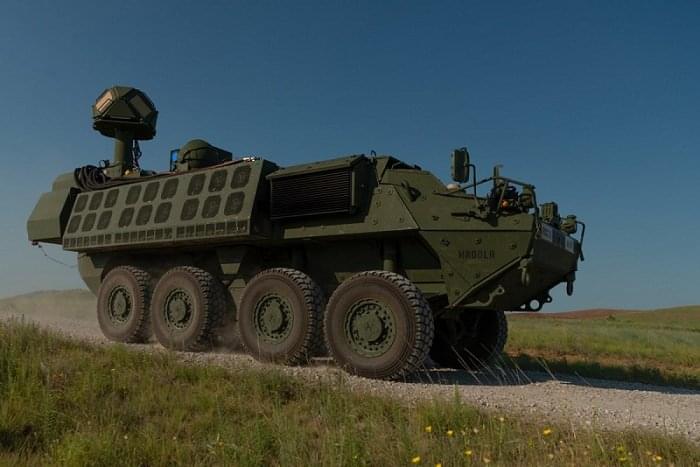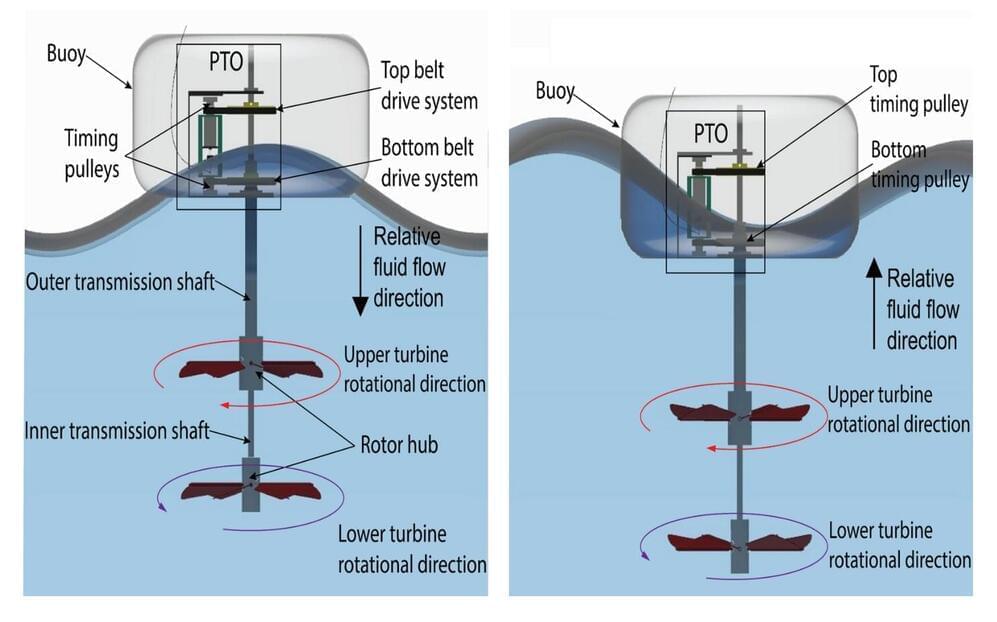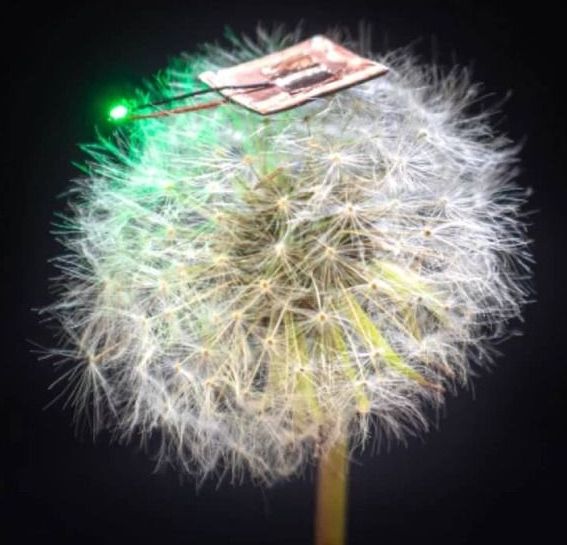Although we expect the Ford Mustang Mach-E will be a hit, the reality that Ford emblazoned its all-electric crossover with a pony logo and the historic Mustang brand has turned off many fanatics. The answer is still out on whether the Mach-E will be a long-term plus or bad for the Mustang. Lichen Zhang, who regularly shares some cool-looking vehicle designs, has created this futuristic Ford Mustang EV. As a result, this design lacks the classic style we’ve come to anticipate from Mustangs in previous generations, while there are some clues of the past, notably in the front end. With a steeply sloped roof, huge haunches, and the kind of visage that reinforces the idea it’s after our lunch money, this 2,030 Ford Mustang EV “prototype” is surely a head-turner. The shape has a prominent beltline that leads to a somewhat narrow cockpit, making it difficult to seat two people side by side. Moreover, the rear end features an entirely new take on the Mustang’s renowned tri-bar taillights, which appear as if a wild animal has just scratched them somewhat. Nonetheless, this futuristic 2,030 Ford Mustang EV drawing signals a whole new trend in Mustang aesthetics, and we have to question if it’s a viable possibility. Anything is possible, considering The Blue Oval’s bravery in calling a battery-electric crossover a Mustang and the intrepid design of the current, third-gen Ford GT.Returning to reality for a moment, there is already a Ford Mustang EV in the form of the Mach-E, and we’re convinced that a hybrid will follow in the coming years. The hybrid, which will appear with the next-generation Mustang in 2,023 will, nevertheless, probably dominate much, if not all, of its gas-powered sibling’s appearance. We wouldn’t count out a major shift in automobile design as the industry switches to battery electric power.







